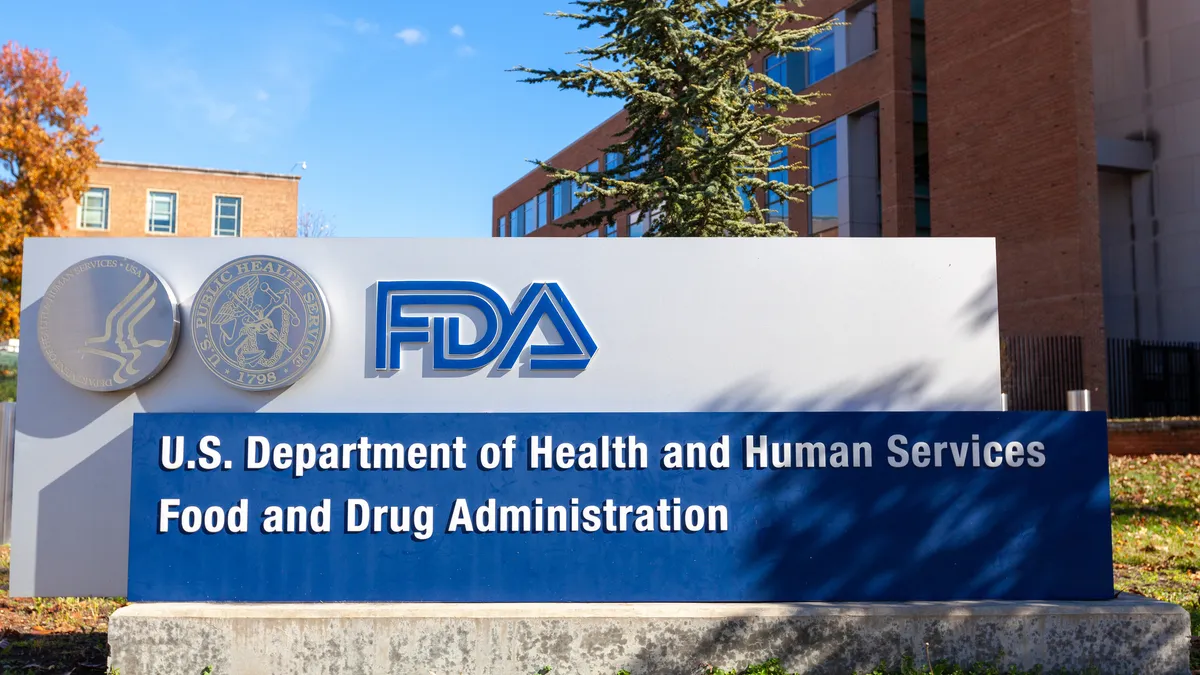The Food and Drug Administration designated 166 products under its breakthrough devices program in its most recent financial year, reversing the downward trend seen as the COVID-19 pandemic eased.
Developers of medical devices with breakthrough designation have additional options to interact with FDA experts to address issues as they arise in the premarket review phase. The FDA sees the exchanges as a way to identify areas of agreement in a timely way. Companies that file for FDA authorization of breakthrough devices can expect a prioritized review by the agency.
The number of devices designated under the breakthrough program, and the precursor expedited access pathway, climbed in the early years of the initiative. In its 2015 financial year, the FDA designated 11 devices. The number passed 50 for the first time in 2018 and reached 206 in 2021.
However, the figure fell after the pandemic-affected high of 2021, dropping to 166 in 2022 and falling again in 2023 to 145, lower than any time since 2019.
Evidence that 2024 would reverse the trend emerged earlier this year, when the FDA published data for the first three months of the financial year. The agency designated 58 products as breakthrough devices over those three months. That marked a step up in activity compared to the first three months of fiscal 2023, when the FDA designated 32 products as breakthrough devices.
Cardiovascular, neurology and orthopedic were among the top clinical areas of the breakthrough device designations granted by the FDA over the final nine months of its 2024 financial year.
Breakthrough device authorizations
The FDA authorized 33 breakthrough devices over the final nine months of its 2024 financial year, bringing the total number of breakthrough devices OK’d for the U.S. market to 128 as of Sept. 30.
Here, we look at three of the most recent authorizations of breakthrough devices:
1. Pi-Cardia
The FDA authorized Pi-Cardia’s Shortcut transcatheter aortic valve replacement (TAVR) device in September. The de novo authorization covered a device designed to cut the risk of coronary obstruction in valve-in-valve TAVR procedures.
Physicians perform valve-in-valve procedures to fix failing TAVR devices without carrying out repeat or open-heart surgery. Because the leaflets of the failing valve stay in place, the procedure can result in coronary obstruction. Pi-Cardia created Shortcut to mitigate that risk by splitting aortic valve leaflets before valve placement.
2. Renata Medical
Renata Medical received premarket approval for its Minima Growth Stent in August. The device is sized to work in neonates, infants and young children whose vessels in the aorta or pulmonary arteries have narrowed. Untreated, narrow vessels can lead to heart failure and death.
The company designed Minima to be crimped down to 2mm so it can move through the small veins and arteries seen in the target patient population. Physicians can expand the diameter of the stent after the initial implantation using a balloon catheter. The design allows physicians to adapt the stent to the growth of the child.
3. Neuros Medical
Neuros Medical also received a premarket approval in August. The FDA approval covered Altius, a direct electrical nerve stimulation system for use in the management of phantom and residual lower limb pain in adult amputees. Because amputation damages nerve endings, patients can experience pain after their limbs are removed.
Altius is designed to stimulate the damaged nerves and stop pain signals from reaching the brain. The FDA approved the device on the strength of a clinical trial that found patients undergoing active Altius treatment were three times more likely to experience significant pain relief than people who received the sham-control treatment.










